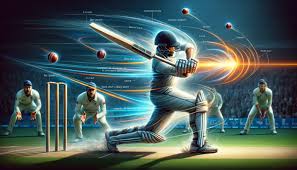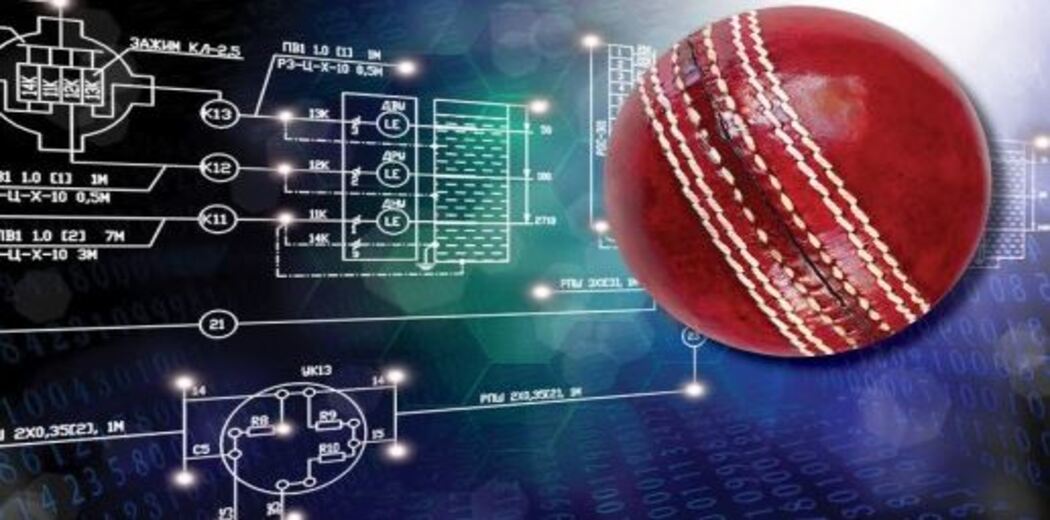Exploring the Influence of Data Science on the Indian Premier League
The Indian Premier League has been a game-changer in the world of cricket since its inception. By bringing together top talent and underdogs in a thrilling 20-over format, it has elevated competition and the sport's prestige. Each year, the IPL aims to deliver the highest level of on-field action and intensity directly to fans, with every match filled with excitement and high-stakes moments.
The IPL has always been at the forefront of
embracing new technologies to enhance the game and viewer experience. From the
use of Snickometer to detect edges to hot spot tracking for umpiring decisions,
technology has played a crucial role in improving the accuracy and fairness of
the game.
One significant aspect of technological
integration in the IPL is the utilization of artificial intelligence (AI) and
Machine Learning (ML). Here are some key areas where AI & ML have made an
impact:
Hawkeye Technology
Developed by Dr. Hawkins, this system uses
cameras to track the ball's path from the bowler to the wickets, considering
factors like spin and seam. AI analyzes this data to provide predictive
analysis, aiding decisions like leg before wicket reviews and stumpings.
Statistical Analysis
AI-generated statistics on run rates, bowling
economy, and player performance offer real-time insights into the game's
dynamics, intensifying the excitement for fans.
Player Performance Analysis
AI and ML algorithms can analyze player
performance data from past matches to identify patterns and trends. This
analysis can help team management make informed decisions about team
composition, player roles, and strategies.
Predictive Analytics
AI models can be trained to predict match
outcomes based on various factors such as team composition, player form,
weather conditions, and historical data. This can be useful for betting
enthusiasts, broadcasters, and team strategists.
Fan Engagement
AI-powered chatbots and virtual assistants can
enhance fan engagement by providing personalized experiences such as match
updates, statistics, trivia, and fantasy league recommendations.
Broadcasting and Commentary
AI algorithms can be used to automate aspects
of broadcasting, such as camera angles, replays, and commentary generation.
This can improve the quality and efficiency of live broadcasts.
Injury Prevention and Management
ML models can analyze player biometric data to
identify signs of fatigue or injury risk. This information can help coaches and
medical staff make data-driven decisions to prevent injuries and optimize
player performance.
Ticketing and Stadium Operations
AI can optimize ticket pricing based on demand
forecasting and seat preferences. Additionally, ML algorithms can analyze crowd
behavior to improve stadium security and logistics.
Match Fixing Detection
AI algorithms can analyze betting patterns and
player behavior to detect potential instances of match-fixing or corruption,
helping maintain the integrity of the sport.
Scouting and Talent Identification
AI can assist scouts and talent managers in
identifying promising players from domestic leagues or international
tournaments by analyzing performance metrics and player characteristics.
Looking ahead, AI's role in the IPL is poised
to expand further. With advancements in data processing platforms like ADVIT,
neural networks can be trained to make complex calculations, such as determining
optimal team compositions based on player performances.
AI isn't just transforming the game on the
field; it's also revolutionizing off-field aspects like advertising. Deep
learning and AI technology enable targeted advertising during gameplay,
catering to regional preferences and online habits.
Overall, AI's integration into the IPL has
changed how we experience cricket, from watching matches to predicting
outcomes. It has heightened the excitement for fans and provided new
opportunities for stakeholders to leverage technology for their benefit. The
IPL's embrace of AI underscores its commitment to innovation and enhancing the
sport's appeal in the digital age.
Sources: automatonai.com,
wordpress.com, analyticsvidhya.com,
madaboutsports.in
Compiled by: Shorya Bisht
Data Scientist





No comments:
Post a Comment